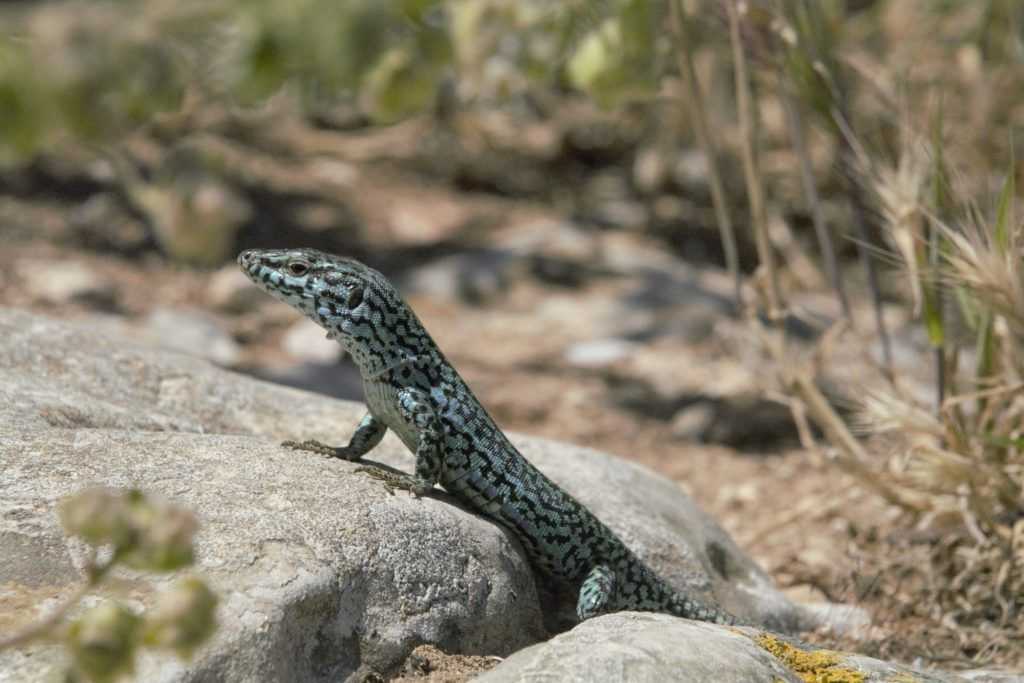
Natural treasures of the Pitiusas
Blog Santa Eulalia Ferry
Natural treasures of the Pitiusas
Ibiza and Formentera provide an excellent example of the interaction of marine and coastal ecosystems. The dense meadows of Posidonia oceanica, a species found only in the Mediterranean, contain and support the diversity of marine life. An ecosystem of great biodiversity, plant and animal.
**Ecosystems
The native flora is strongly influenced by the proximity to the sea, the high salinity and mobility of the sandy substrate, so that it is of great botanical interest. Among the different types of plant communities, the vegetation characteristic of dunes and sandbanks, as well as marshes and salt marshes, stand out for their uniqueness.
One of the most interesting plant formations is located in the Pitiusas dunes, the juniper forests (Juniperus phoenicea) which, although not exclusive to the archipelago, find their most genuine character here. In the lands adjacent to the salt ponds are especially significant limonium communities, most of them endemic to the Pitiüses, whose existence is linked to the salt activity.
All the vertebrate groups present in the Pitiüses are found, from reptiles to mammals. The lizards are the only vertebrates that are truly native to the islands and are the most charismatic group. As for the avifauna, ses Salines is the enclave with the greatest ornithological diversity of the Pitiüses. Among the terrestrial mammals, the phenomenon of insularity has created some subspecies native to the islands (neo endemisms), as is the case of the genet and the shrew of Eivissa, and the dormouse of Formentera.
**The seabed
 The sea acts as a privileged element of union between natural and cultural assets. The posidonias and formations that originate are and have been a basic pillar in the creation of important resources for the economy of the islands: fishing, salt and, at present, for the tourist industry, by the intimate interpellation in the formation of beaches and the purity of the waters.
The sea acts as a privileged element of union between natural and cultural assets. The posidonias and formations that originate are and have been a basic pillar in the creation of important resources for the economy of the islands: fishing, salt and, at present, for the tourist industry, by the intimate interpellation in the formation of beaches and the purity of the waters.
The sea is, therefore, a source of wealth and an intrinsic element to the particular identity of the Pitiusas. The sandy substratum, characterized by a moderate depth and the transparency of its waters, is the ideal environment for Posidonia oceanica, whose meadows form the dominant landscape of a marine ecosystem that is scarcely altered.
The posidonia meadows are considered a priority habitat for protection under the European Union's Habitat Directive. The area is also a special protection area for birds (SPA), is included in the Natura 2000 Network of the EEC and is registered in the Ramsar Convention on the List of Wetlands of International Importance. It is Ses Salines Natural Reserve since 1995.
The posidonia meadows of the Pitiüses are considered the most important community of the Mediterranean coast for their productivity of organic matter. They oxygenate the water and filter it, in addition to reducing the force of the waves, protecting the beaches from erosion.
The Posidonia plant is a phanerogam endemic to the Mediterranean Sea that has an external organization typical of higher plants: root, stem, leaves and the capacity to produce flowers and fruits with seeds. It grows covering the seabed and forming lush meadows. These are in alarming regression due to their high sensitivity to environmental disturbances, while in Ibiza they are in an excellent state, being essential both to contain the elements of exceptional beauty of the place, as well as to maintain the essential processes for the conservation of the ecosystem and the biodiversity it harbors.
An underwater and coastal ecosystem of extraordinary interest with endangered species of high scientific value, which make up a unique Mediterranean landscape for its natural and cultural richness.